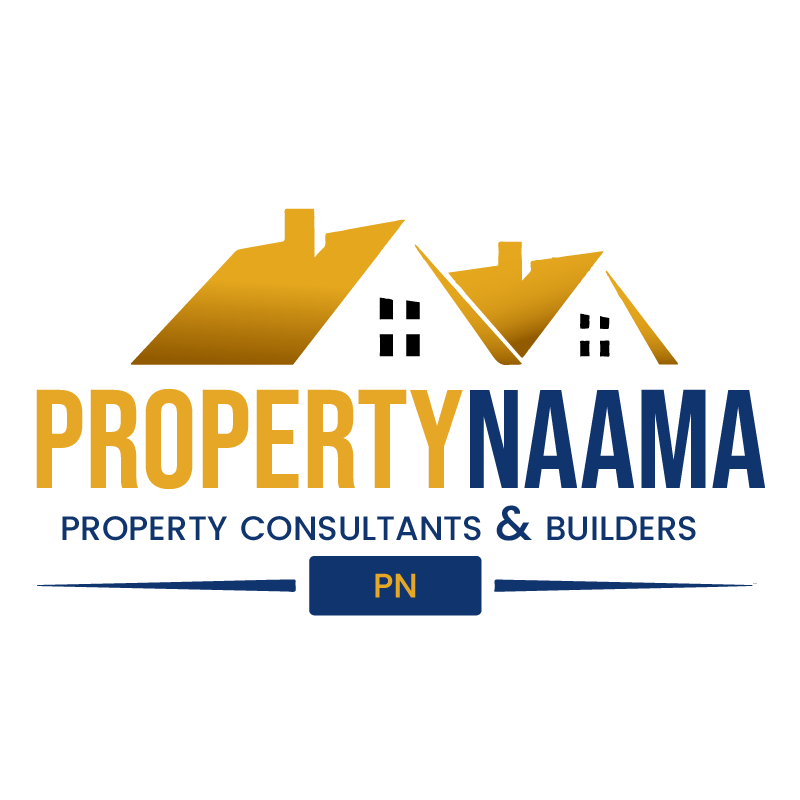This blog post embarks on a journey to dissect the Urban Multi-Story Building Pros and Cons in detail. Read this blog, till the last line if you are an aspiring investor of urban development.
In the dynamic landscape of urbanization, cities are expanding at an unprecedented rate. The challenges and opportunities presented by multi-story buildings in urban settings come to the forefront of city planning discussions.
Amid the inexorable growth of urban areas, understanding the intricate balance between the advantages and disadvantages of multi-story structures becomes pivotal. This exploratory piece of writing seeks to unravel the complexities surrounding vertical urban architecture.
Understanding Urban Multi-Story Building Pros and Cons
As populations swell, the demand for efficient use of limited space becomes more pronounced. Multi-story buildings, with their vertical orientation, present a compelling solution to the challenges associated with burgeoning urban density. The symbiotic relationship between urban density and vertical construction seeks to illuminate the trans-formative potential of multi-story buildings.
In the landscape of city planning the vertical dimension becomes a key player in the quest for vibrant urban living.
Pros of Urban Multi-Story Building
Economically, multi-story buildings stand as beacons of efficiency, capitalizing on limited urban space and bolstering local economies. The economic advantages extend to their cost-effectiveness in land utilization and the subsequent increase in property tax revenue. Embracing environmental sustainability, these structures reduce carbon footprints through innovative energy-efficient practices.
Socially, multi-story buildings foster vibrant communities by enhancing walk-ability and encouraging social interaction.
Cons of Urban Multi-Story Building
Yet, amidst the promising landscape, multi-story buildings in urban settings pose their share of challenges. Environmental concerns arise, questioning their impact on local ecosystems and the resource-intensive nature of their construction. Socially, strains on infrastructure and services may emerge, accompanied by potential issues of gentrification and displacement.
The intricacies of urban planning come to the forefront, demanding a delicate balance between the advantages and drawbacks of vertical construction.
You can read more on this topic
The Future of Urban Development
Exploring emerging trends in design, construction, and technology integration, it anticipates the evolution of city spaces. With a growing emphasis on resilience and adaptability, this section speculates on how cities might harness innovation to overcome challenges. The incorporation of cutting-edge technologies and sustainable practices is likely to shape the urban environment.
Smart Cities
Cities are increasingly utilizing data to improve efficiency and enhance urban living. Smart technologies, including the Internet of Things (IoT), are being deployed for traffic management, waste reduction, and energy conservation.
Singapore is a contemporary example of a smart city employing sensors and data analytic for various urban functions.
Sustainable Development
Urban areas are focusing on integrating green spaces, renewable energy sources, and sustainable transportation to combat environmental challenges.
Copenhagen is known for its commitment to sustainability, with an emphasis on recycling infrastructure, renewable energy, and green urban planning.
Mixed-Use Development
Future urban areas are likely to blend residential, commercial, and recreational spaces to create vibrant, mixed-use environments. It will reduce the need for extensive commuting.
The High Line in New York City transformed an old railway into a linear park. It is contributing to the revitalization of the surrounding areas.
Urban Density
As Urban populations grow, there is a trend toward building upwards to optimize land use. Vertical cities, with mixed-use skyscrapers, are becoming more common.
The Burj Khalifa in Dubai is an iconic example of a vertical city, housing residential, commercial ,and recreational spaces in a single structure.
Concluding Remarks for Urban Multi-Story Building Pros and Cons
It’s important to note that the future of urban development is dynamic and influenced by technological advancements. Moreover, the policy decisions, and societal changes are also important. Local contexts and priorities will play a significant role in shaping the trajectory of urban development in different regions.
Contact with Property Naama Group
If you have any queries about this topic or need any guidance about any real estate-related issue contact us.
Our Email address: Info@propertynaama.com
Oversees Clients (For Call Only):
UAN: +92 332 7777888
Overseas and Domestic Clients (For WhatsApp):
WhatsApp: 0331 0105531
Disclaimer:
The sole purpose of this blog is to save you from any future difficulty while dealing with property. Keep in mind the above information and share it with your friends and family circle. We are not responsible for any investment decisions made by our clients or investors based on the information provided.
Our Consultants, highly recommend that you conduct your own research and seek the advice of a professional before making any investment decisions. Investing comes with risks, and it is essential to invest on your own responsibility.

